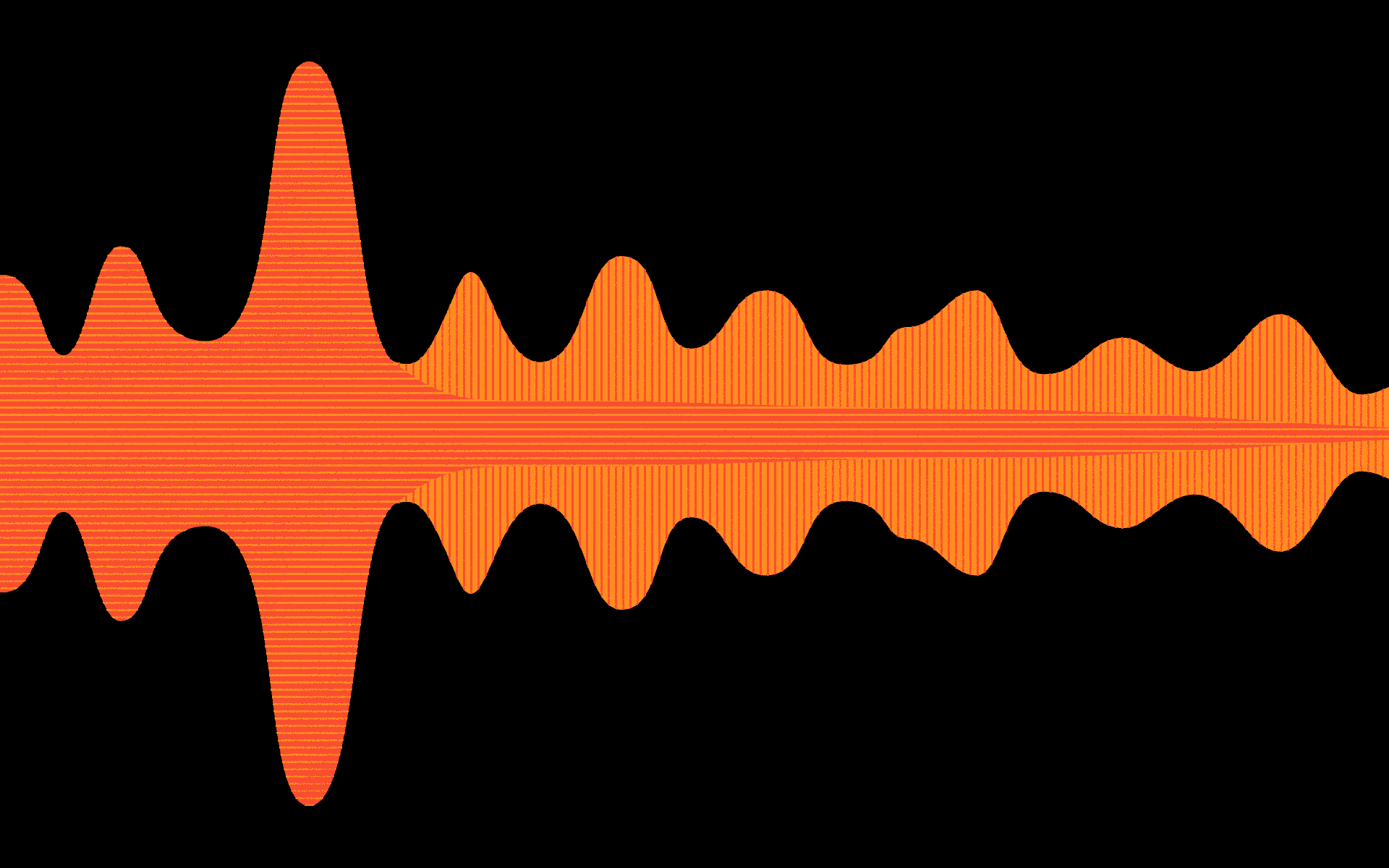Do you know What is reverb? It is an essential and often misunderstood element in audio production, subtly and profoundly shaping music and recordings. It makes an indispensable asset to musicians, sound engineers, and producers. Whether you want to improve the recordings, mastering, or explore sound, this article is for you.
This guide below will teach you about reverb and its excellent transformative properties. It will help you with your sound projects. So, get into it!
In this article
What is Reverb?
As musicians and audio engineers, you often use reverb without fully understanding its potential. Here is a quick and precise information about what it is:
Reverb happens when sound bounces around in a room and gradually gets quieter. When you make a noise in a room, like clapping your hands, the sound doesn't just stop; it bounces off the walls, floor, and ceiling. These bounces are like echoes, and we call them "reverb." It's what makes the sound in a room not stop immediately.
What does a reverb do in Music Production?
Reverb, short for reverberation, is a crucial element in music production. It adds space and depth to the sound.
Imagine you're in a big hall; when you make a sound, it echoes off the walls. Reverb recreates this effect in music, making it sound like it's played in different environments. This effect gives recordings a more lifelike and immersive feel. It's like adding a 3D quality to the sound, making it fuller and richer. Reverb serves a similar purpose in movies too, enhancing the audio experience in films.
Here is what reverb does in music production:
- Spatial Enhancement: Reverb can create the impression of depth by placing sound sources within specific environments. It makes a recording seem to be performed in a venue ranging from small clubs to cathedrals.
- Depth and Dimension: Reverb can give any mix an extra dimension by placing sounds into a virtual three-dimensional space. It helps to separate and define elements within it for more immersive and dynamic performances.
- Gluing Elements Together: Reverb can bring the various elements of a song together into one cohesive whole, sounding as though they belong in its acoustic space. This cohesion is essential in crafting a coherent and harmonious mix.
- Emotional Impact: Reverb can play an integral part in shaping the emotional impact of any song. A rich, warm reverb might evoke nostalgia; on the other hand, short, sharp reverbs can add an air of urgency.
- Creative Sound Design: Reverb is an invaluable tool in music production. It expands creative horizons by conjuring unique textures from ethereal pads to sinister atmospheres.
The Different Digital Reverb Types
Usually, you will see two main types of digital reverbs. The following is a quick overview of both:
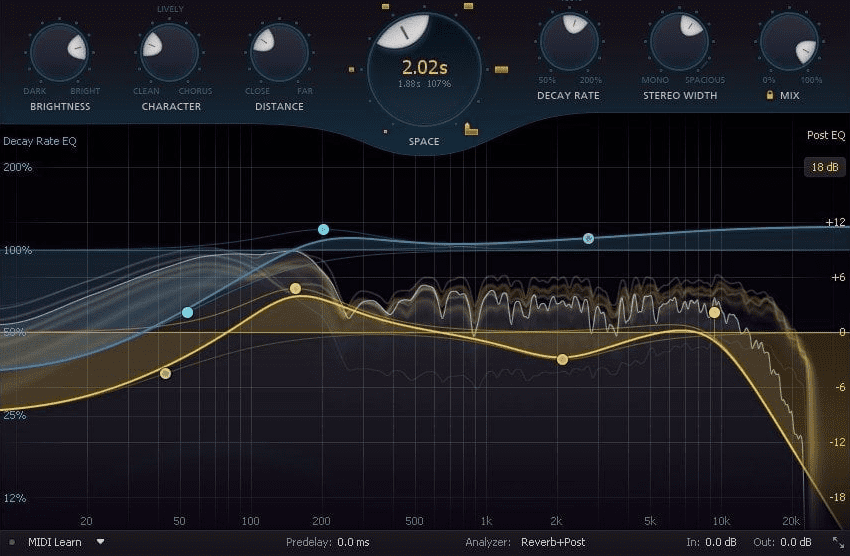
Type 1: Algorithmic Reverb
Algorithmic reverb is a type of reverb that doesn't rely on real-world spaces; instead, it uses math to simulate the way sound bounces around. It calculates these reflections to make sound feel like it's in a real place or even in entirely made-up environments. This method allows for unique and creative sonic effects that wouldn't be possible in the physical world.
Type 2: Convolution Reverb
Convolution reverb, also known as Impulse Response (IR) or Sampling Reverb, works by using recordings called Impulse Responses.
These recordings capture the sound of an impulse (like a starter pistol, white noise, or sine waves) played in a real room or through specific equipment. Impulse Responses contain all frequencies across the audible range and are used to trigger a precise acoustic response in that particular space, creating a realistic and accurate reverb effect.
What Are Some Facts of Controlling Digital Reverb?
While each reverb plug-in is different, they all have the same controls. Some plug-ins are intended to emulate analog reverb components like plates and springs. However, one of the first things you'll need to alter with digital reverbs is the algorithm, which allows you to select the type of reverb you wish to employ.
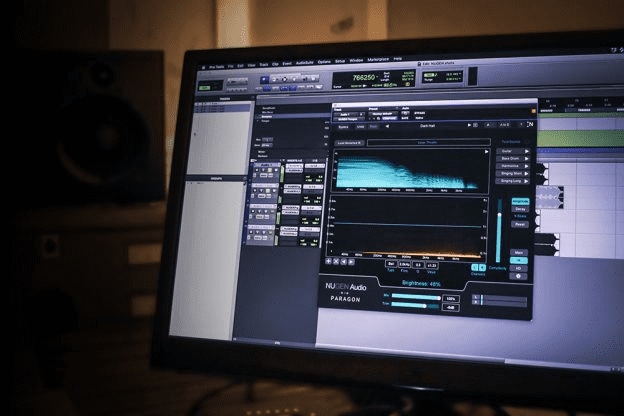
Some reverbs may also allow you to select IRs or Impulse Responses. IRs are digital representations of real-world acoustic settings that will enable you to mimic how a signal would sound in that place.
The pre-delay and decay time controls will then be used to regulate the total length of the reverb. Increasing the pre-delay adds a little delay between the direct signal and the early reflections, which aids in instrument identification and keeps tracks from sounding washed out. Turn to increase the pre-delay if you want to add reverb to a track but don't want to push it back in the mix too far.
The decay time determines how long the reverb tail lasts. Increase the decay time for a longer tail; decrease it for a shorter tail. Try to time your reverb so that the tail becomes inaudible right before the following downbeat.
Some reverbs additionally have extra parameters for sculpting your sound, such as specific high-pass and low-pass filters or diffusion controls, which govern how quickly the original signal transitions from early reflections to complete reverberation. The diffusion knob, in my mind, controls how full the room is. It takes longer to notice reverb in a crowded room since everyone's bodies absorb the sound waves.
Finally, the wet/dry controls let you balance the original dry input vs the modified reverb effect. When utilizing a reverb on an aux send, set the settings to 100% wet and alter the balance using the send levels or the effects return level. When inserting a reverb plug-in on a single track, utilize the wet/dry knob to fine-tune the balance.
What are the types of Reverb Sounds?
There are various types of reverb sounds, and each offers distinctive properties and applications:

Hall Reverb
Hall reverbs simulate the sound of a music hall. Because of their massive size, they have highly long decay times – even several seconds. These reverbs are ideal for thickening and providing space for strings and pads. They're also suitable for symphonic arrangements. However, owing to their deep, layered sound, halls can muck up a mix if used too frequently. When played in context with other instruments, a hall-reverb-saturated track that sounds massive in isolation can sound small and washed out.
Some common uses for Hall Reverb:
Use 1: Universally applicable.
Use 2: Sounds that are bright.
Use 3: Synths and leads.
Use 4: Sound effects.
Chamber Reverb
Chamber reverbs are similar to hall reverbs, producing a luscious, ambience-soaked sound. They also provide an extra dosage of clarity, which protects against the washed-out sound inherent in many hall reverbs. Historically, studios created reverb chambers by placing a speaker and a microphone within a reflective area, such as a tiled bathroom, a hallway, or a stairwell. A track would be amplified into the speaker, picked up by the microphone(s), and routed back to the recording desk. Chamber reverbs are all over The Beatles' iconic recordings, and the chambers beneath Abbey Road and Capitol Studios have become legendary. Chamber reverbs work well with various instruments, including vocals, strings, and acoustic guitar. Chamber reverbs are also ideal for John Bonham-style drums.
Some common uses for Chamber Reverb:
Use 1: Putting the sounds of an ensemble together
Use 2: While maintaining clarity, epic sounds are created
Room Reverb
Room reverbs sound most like the natural atmosphere we're used to hearing in the actual world because they are based on the sound of a smaller acoustic space. Room reverbs add genuine color and vibrancy to a track while providing the most rock 'n' roll-sounding mood. They're also the simplest to blend in. Room reverbs work well with vocals, guitars, keyboards, percussion, and everything else. When used sparingly, these reverbs can provide space to a source while preserving a close, in-person quality.
Some common uses for Room Reverb:
Use 1: Universally applicable.
Use 2: Sound placement ranging from far away to up near.
Use 3: It's not typically utilized for special effects because it has a 'natural' tone.
Use 4: However, it can be used as an ambient reverb to connect other reverbs.
Plate Reverb
Unlike hall, chamber, and room reverbs, plate reverbs do not simulate a physical acoustic space. Plate reverb, one of the first varieties of artificial reverb, was created by employing a magnetic driver (similar to a speaker coil) to originate (drive) vibrations in a big sheet of metal. A signal from a transducer caused the massive metal plate (typically 6-7′ long by 3-4′ broad) to vibrate. The vibrations were then recorded using a contact microphone. The end result was dense, warm, and welcoming. The EMT 140 is easily the most famous of the early plate reverb designs, and it was a regular at Abbey Road Studios in the 1960s. As a result, it can be heard on early recordings by the Beatles and Pink Floyd. Digital re-creations of plate reverb were immensely popular in the 1980s, momentarily becoming a mainstay in many guitarists' refrigerator-sized rack rigs. The distinct character of plate reverb sounds stunning on voices and snare drums, and if used correctly, it can truly make a track stand out.
Some common uses for Plate Reverb:
Use 1: Snares and claps
Use 2: Vocals
Spring Reverb
Spring reverbs produce a unique sound. They work similarly to plate reverbs, with a transducer at one end and a pickup at the other, but instead of a plate, they use a spring (or many). Spring reverbs are commonly found in guitar amplifiers due to their tiny size; however, standalone spring tanks also exist for studio use. Spring reverbs produce a clear, bright tone and are an essential finishing touch for vintage-inflected guitar recordings. They also generate a wonderful thunderclap-like sound when you kick or slap your guitar amp. We do not condone violence against your equipment.
Some common uses for Spring Reverb:
Use 1: Guitars
Use 2: Synths
Use 3: Vocals
How and when do you use reverbs? Techniques and effects
In modern production, reverb can be easily found. There are some musical considerations to add reverb in your music that you can see below:
Check Tips To Use Reverbs
It's critical to strike a balance between subtlety and impact when using reverbs in music production.
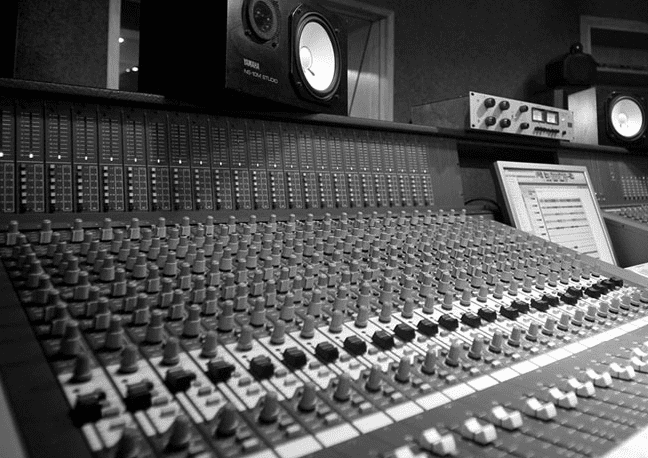
Tip 1: Recognize the Environment
Consider the virtual environment you want to build. Is it a modest space, a cathedral, or a natural setting? Each situation necessitates a distinct reverb kind and setting.
Tip 2: Pre-Delay is Critical
To separate the dry sound from the reverb tail, adjust the pre-delay. Short pre-delays keep things clear, whereas longer ones add distance.
Tip 3: (Decay) Reverb Time
Set the decay time. Short decay gives closeness, whereas extended decay adds space. To avoid muddiness, strike a balance.
both high and low pass, both high and low pass
Filters can be used to shape the reverb. Low-pass filters remove low frequencies to prevent dirt, but high-pass filters soften harsh high frequencies.
Tip 5: Early Thoughts
For a more realistic feel, adjust the early reflections. They provide depth to the mix by simulating the earliest reflections of sound in a physical location.
Tip 6: Use a variety of reverbs
Use different reverbs for different aspects in your mix. Use a short reverb on vocals and a longer one on guitars, for example. This increases the depth.
Tip 7: Make a Depth Sensation
Using reverb, put instruments in different locations within the virtual space. Instruments with more reverb seem to be further away.
Tip 8: Experiment with the Pre-Delay and Tempo settings
Syncing the pre-delay to the beat of the song can provide rhythmic effects. Experiment with different reverb patterns to find something unique.
Tip 9: Reverb parameters can be automated
Reverb parameters can be automated over time. Increase reverb during a chorus, for example, to enhance the impression of space and drama.
Tip 10: Consider Early Reflections in the Interest of Realism
Early reflections provide an understanding of the room's qualities. Adjust the time and strength of the early reflections to simulate different rooms.
Some More Important Considerations
Reverb in Mixing
Depth and Space
Consideration 1: Reverb gives depth and space to the mix, making it seem more realistic and immersive.
Consideration 2: To complement the tone of the music, consider the scale of the virtual environment (room, hall, cathedral).
Separation and Clarity
Consideration 1: Avoid using too much reverb, which can muddy the mix and make individual elements less distinguishable.
Consideration 2: Use reverb to separate elements and place them in distinct virtual places inside the mix.
Preset Selection
Consideration 1: Experiment with various reverb presets to discover the one that works best with the song and the specific instrument or vocal track.
Automation
Consideration 1: Automate reverb parameters like decay duration and wet/dry mix to give dynamism and interest to the song's feeling of space.
Reverb On Vocals
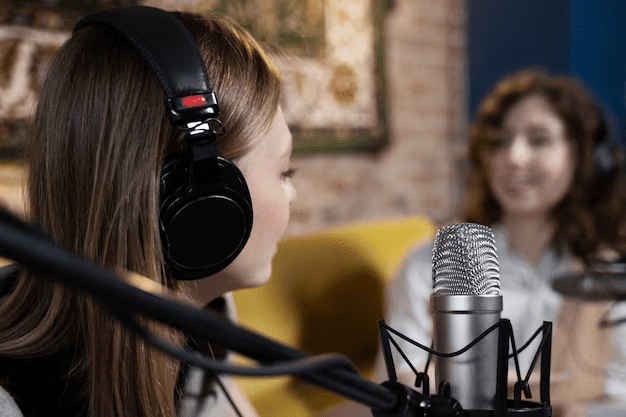
Snare Reverb
Consideration 1: To add presence and intensity to the snare drum, use a brief, snappy reverb.
Consideration 2: To avoid muddying up the initial snare strike, experiment with pre-delay settings.
Room Reverb
Consideration 1: To imitate the natural ambience of a recording room, apply a modest room reverb to the drums.
Consideration 1: Match the reverb period to the song's tempo; quicker songs may demand shorter decay times.
Vocal Reverb
Vocal Clarity
Consideration 1: Applying too much reverb to vocals might bury them in the mix.
Consideration 2: For a realistic, intimate feel without compromising vocal clarity, use a brief reverb with modest decay.
Sidechain or Duck
Consideration 1: Consider using sidechain compression on the reverb to have it 'duck' beneath the vocals, lowering the reverb intensity when the voices sing.
Reverb Instrument
Guitars and Keyboards
Consideration 1: Reverb can be used on guitars and keyboards to improve sustain and create a feeling of distance.
Consideration 2: Experiment with modulation effects (such as chorus or tremolo) in tandem with reverb to create distinct textures.
Orchestra Instruments
Consideration 1: Convolution reverbs can be used to simulate acoustic conditions suited for symphonic instruments.
Consideration 2: Early reflections can be adjusted to approximate different placements within an orchestral arrangement.
Reverb on Bass
Subtlety is Key
Consideration 1: If you use too much reverb on your bass, it will lose its punch and definition.
Consideration 2: To keep the bass's clarity and presence, utilize a short decay time and a low mix level while adding reverb.
Creative Effects
Consideration 1: Experiment with inventive reverb effects on bass, such as gated reverbs or spring reverbs, to achieve distinctive sounds in different musical contexts.
Use Reverb As An Effect
There are various types of reverb effects to use. Below are the two most significant reverb effects:
Reverse Reverb Effect
Reverse reverb is just reverb in reverse. It is a wonderful technique to experiment with on voices and percussion! Instead of a splash of reverb degrading to nothing, it begins at nothing and rises to an abrupt conclusion.
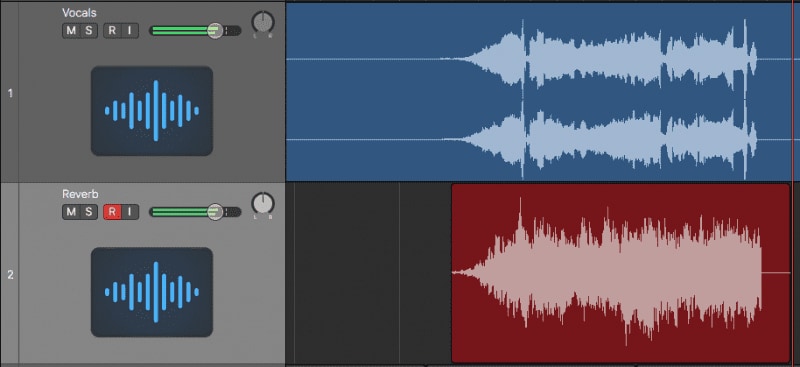
Typically, this is accomplished by reversing the sound you want to ramp into and then adding a long reverb tail. Next, turn that reverb tail to an audio clip and then reverse the audio clip. It produces a smooth transition into the dry sound and introduces its tone before it begins to play.
Gated Reverb Effect
Gated reverb is a non-linear reverb in which the tail is quickly dampened by a noise gate rather than declining gradually into quiet. The end effect is frequently a quick, explosive sound. It may be used to elongate percussive sounds, increasing their audibility without needing to crank them up.
What if the downloaded audio file is Corrupted?
When you work with sound, you deal with numerous audio files. Thus, there may appear a situation where you encounter damage to some files. It leads to a solution that can resolve the issue with your file. Wondershare Repairit Audio Repair is one such tool that can help you. Let's get a quick insight into it!
Wondershare Repairit Audio Repair
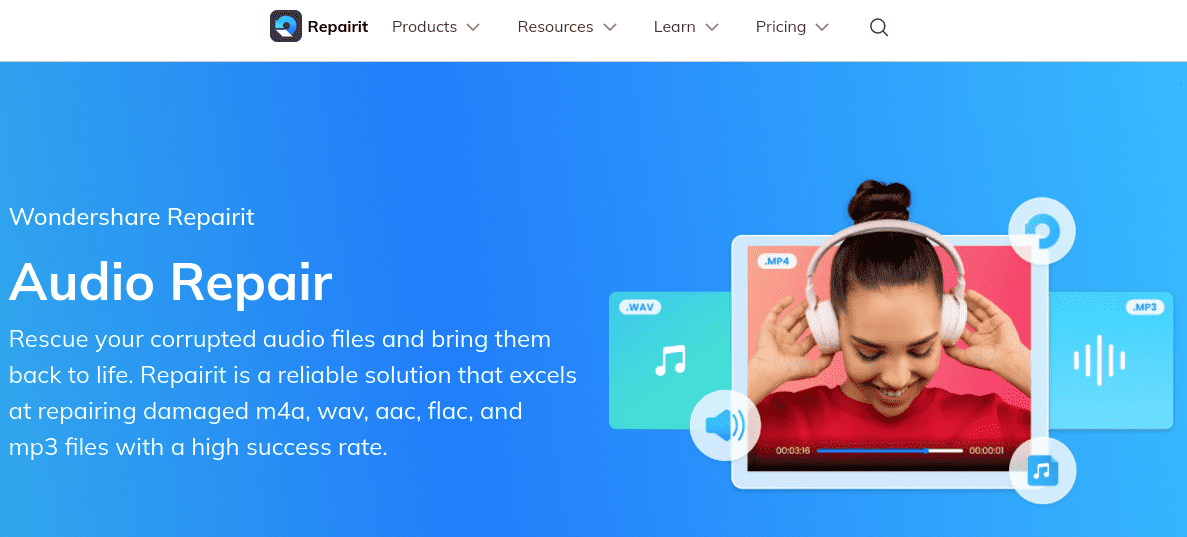
Wondershare Repairit Audio Repair is a modern software solution for restoring audio recordings to their original quality. Whether you're struggling with distorted recordings, background noise, or damaged soundtracks, this program provides a simple and efficient solution.
Some exceptional capabilities of this tool are:
- Noise reduction.
- Audio improvement.
- Solve clipping, humming, rumbling, etc.
- Restore audio from different sources.
Besides, it supports various file formats, including WAV, AAC, MP3, and more. So you can use it for the issues with your files.
Conclusion
Finally, reverb is an essential audio element that significantly influences how you perceive and feel sound. This article thoroughly explains reverb, including its definition, types, and practical uses in industries. It will help you with all your audio projects.
However, a solution is also mentioned if you find any problem with your audio file. You can use the Wondershare Repairit Audio Repair tool. By following the simple steps, you can resolve the issue in seconds.

